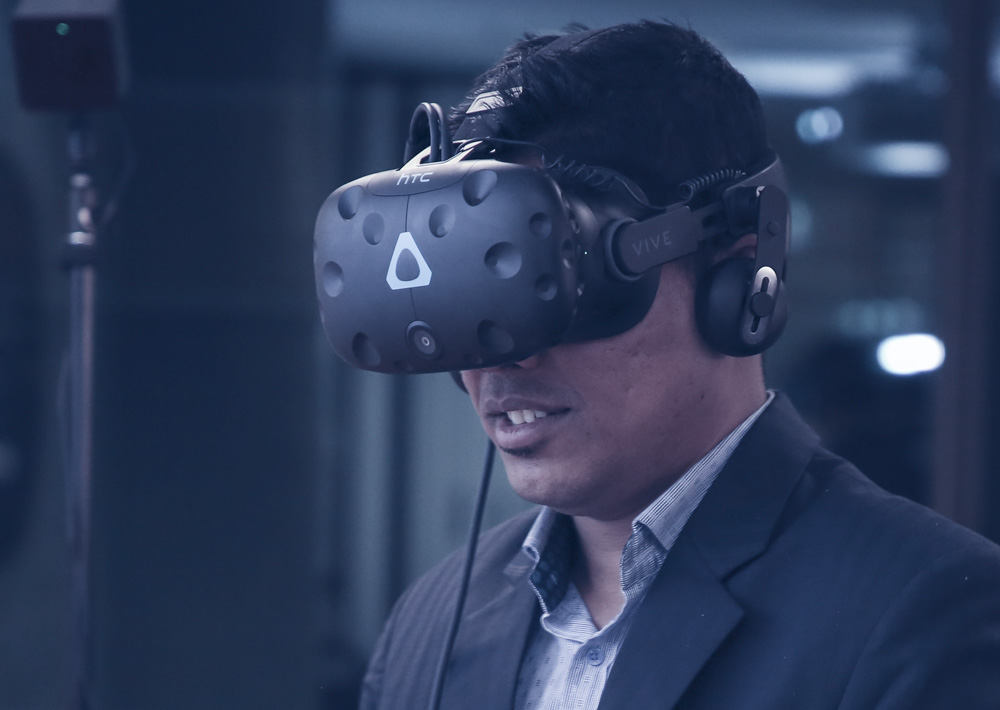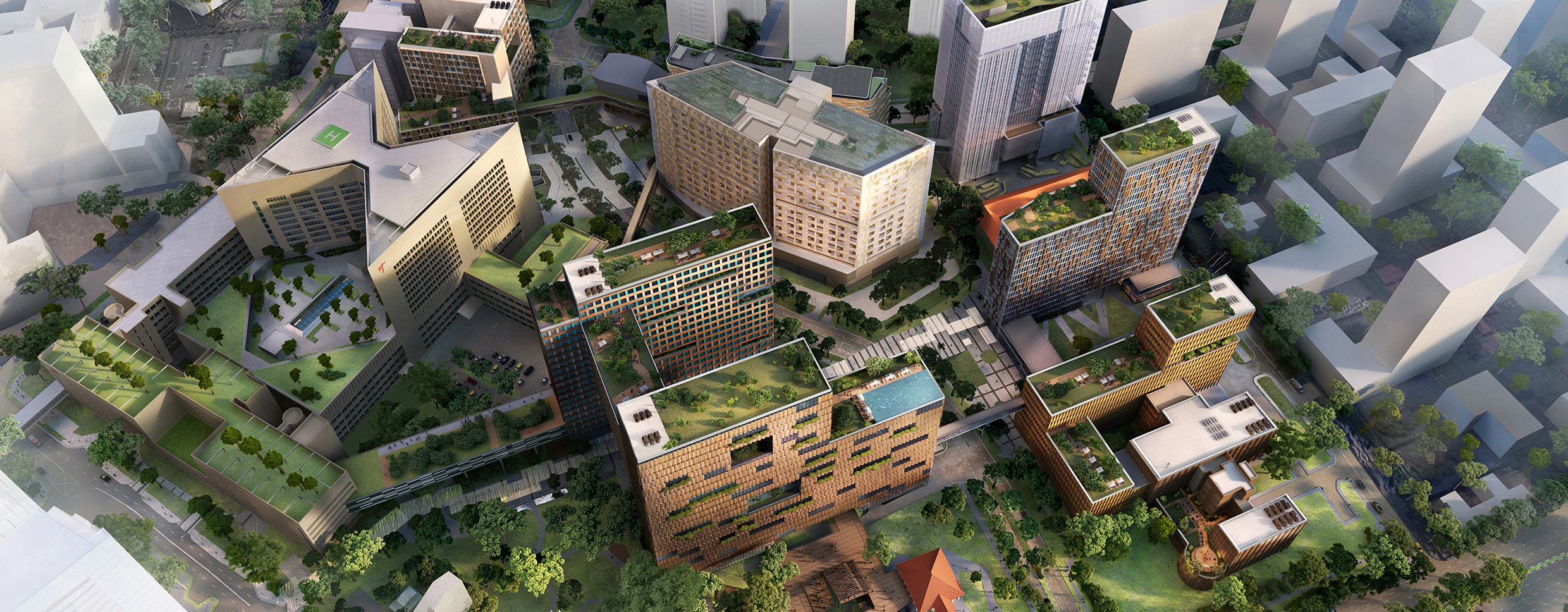
Our partners in Singapore currently manage an apartment block that is home to 100,000 people. This smart apartment is completely interconnected, allowing town councils to track lifts, water pumps and CCTV cameras, and it’s a perfect example of the possibilities for our communities of the future.
So what will these Smart Cities look like? That’s what I am trying to figure out. Some people are concerned that existing infrastructure will quickly become obsolete. I don’t think so. Instead, we will need to come up with solutions that utilise and enhance existing systems and infrastructure.
I expect that future cities will require a shift from an owning, to a shared-living mentality. Sharing vehicles for example would be one simple option or using ride-share services. This all leads into the Smart City technology as households will no longer see a need to own three or four cars, they may own one.
As part of this, I predict an increase in the use of rideshares like Uber, which will use automated vehicles, plus an increase use in improved public transport through Light Rail and Metros. Obviously, there are those who will still want the freedom of their own cars, especially in regional areas, but the most important thing to remember is that whatever we develop will be adaptable and flexible to suit individual needs.
The first steps towards creating Smart Cities
As I said, Smart City concepts are already in practice with our partners in Singapore, but there is still a long way to go. I see the development of Smart Cities in Australia as a gradual process.
So, where can we start? Let me provide a practical and simple example of a local Council’s watering system.
Most Councils have an abundance of areas that require massive sprinkler systems in order to water parks, sports fields and other public spaces. For the most part, they are on very basic and inefficient control systems, which waste a lot of water.
This is an easy fix. By setting up a linked and automated system that is centrally controlled, local Councils can review, monitor and respond to issues in real time. Issues like ground moisture or soil dryness can be quickly addressed. This has the potential to save the council over half its water supply and result in significant cost savings.
Now take this principal and apply it to a local Council’s public lighting system, its open spaces and amenities or the multistorey buildings managed by the local authority and you begin to understand the endless possibilities.
We’re asking the questions:
How will autonomous vehicles use the existing roads?
How can the infrastructure ‘talk’ to the vehicles to ease congestion, find us faster ways to get there
and make our lives better, whilst improving efficiency and safety?
And of course, autonomous vehicles!
Autonomous vehicles are another hot topic and I’m particularly interested, not in what the vehicles are going to look like, but what they will require from an infrastructure point of view.
We’re asking the questions: how will autonomous vehicles use the existing roads? how can the infrastructure ‘talk’ to the vehicles to ease congestion, find us faster ways to get there and make our lives better, whilst improving efficiency and safety? Exciting times ahead!
Get your people to come along for the drive
As an engineer I’m always interested in new ‘toys’ for want of a better word, and I’m excited to see where these emerging trends will lead us, but we must remember that all this technology needs people to drive it.
Now is the time to get more people involved, harness their creatively and energy and direct it towards a technology driven future.
Related
insights
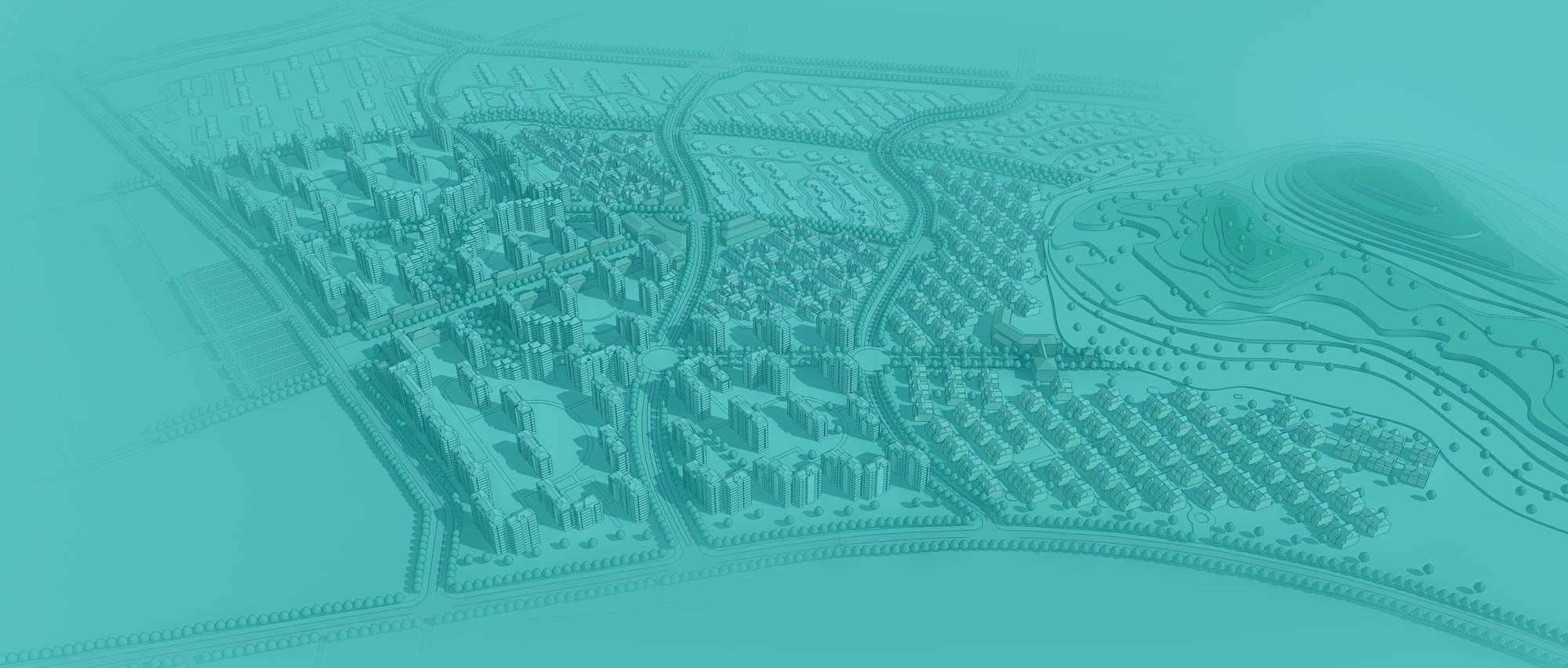 Delivery in the digital age. People powered technology.
Delivery in the digital age. People powered technology.
I often ponder about the future of our industry and where technology will lead us and indeed, where will we lead technology. Is technology challenging the equilibrium when it comes to a full-service offering in the engineering industry? Some would say yes if our lives today are anything to go by.
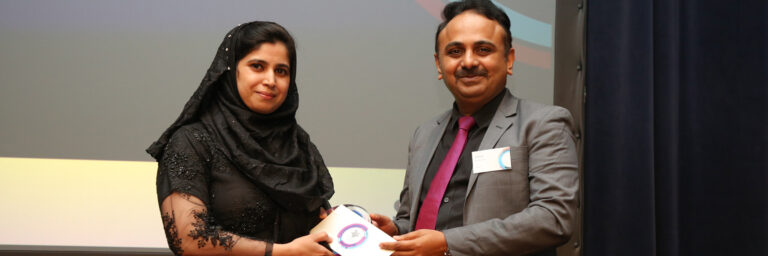 "Break down the barriers through the quality of your contribution"
"Break down the barriers through the quality of your contribution"
SMEC Senior Programmer Mobina Zafar was named Young Female Professional of the Year at the Surbana Jurong (SJ) International Awards held in Brisbane, Australia in December 2018.
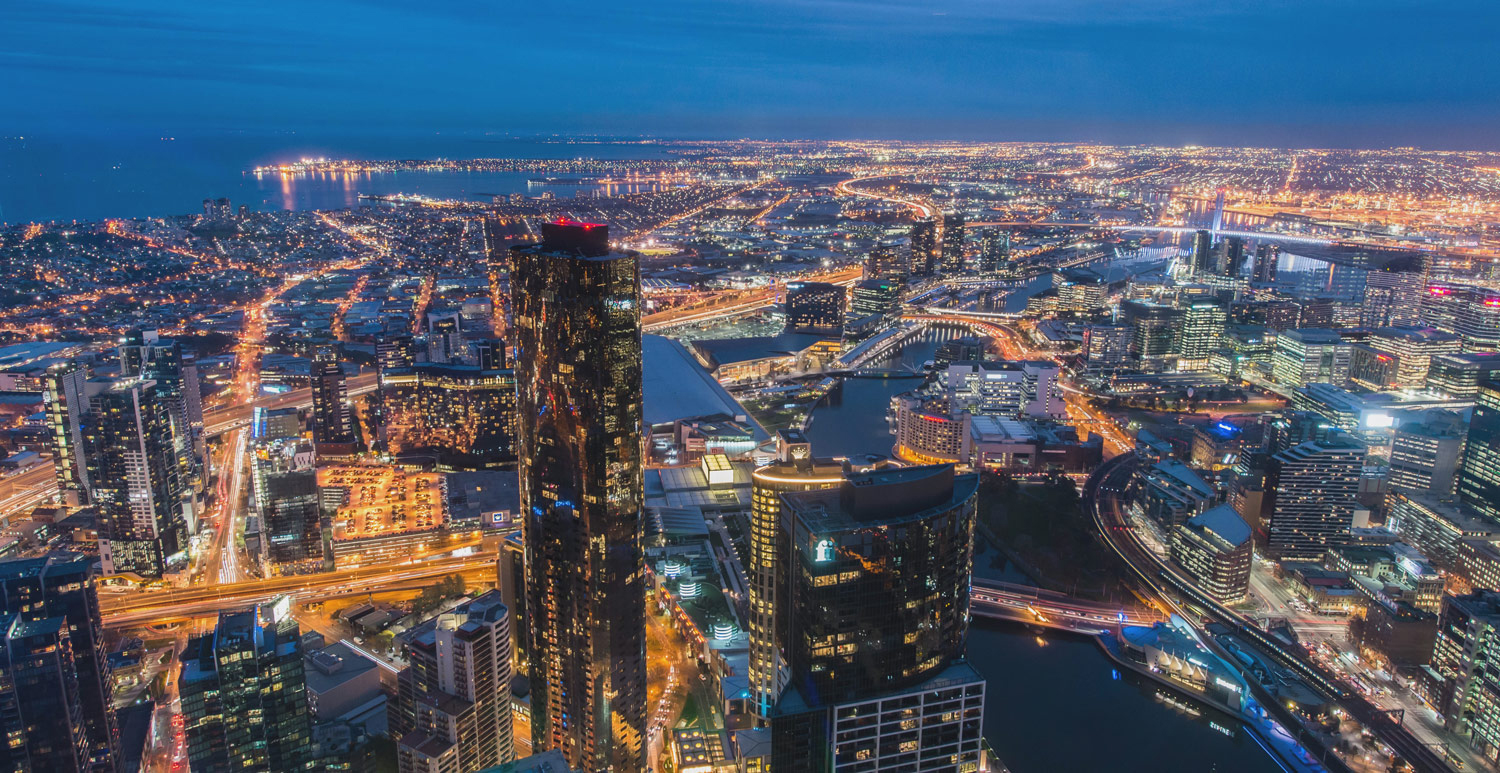 Embracing the Smart Agenda
Embracing the Smart Agenda
SMEC is made up of problem solvers. We have always helped to find solutions for people - it’s part of our DNA. That’s why the Smart Cities agenda simply represents a contemporary part of our innovation journey and fits neatly into SMEC’s strategic approach to grow and diversify our business.





